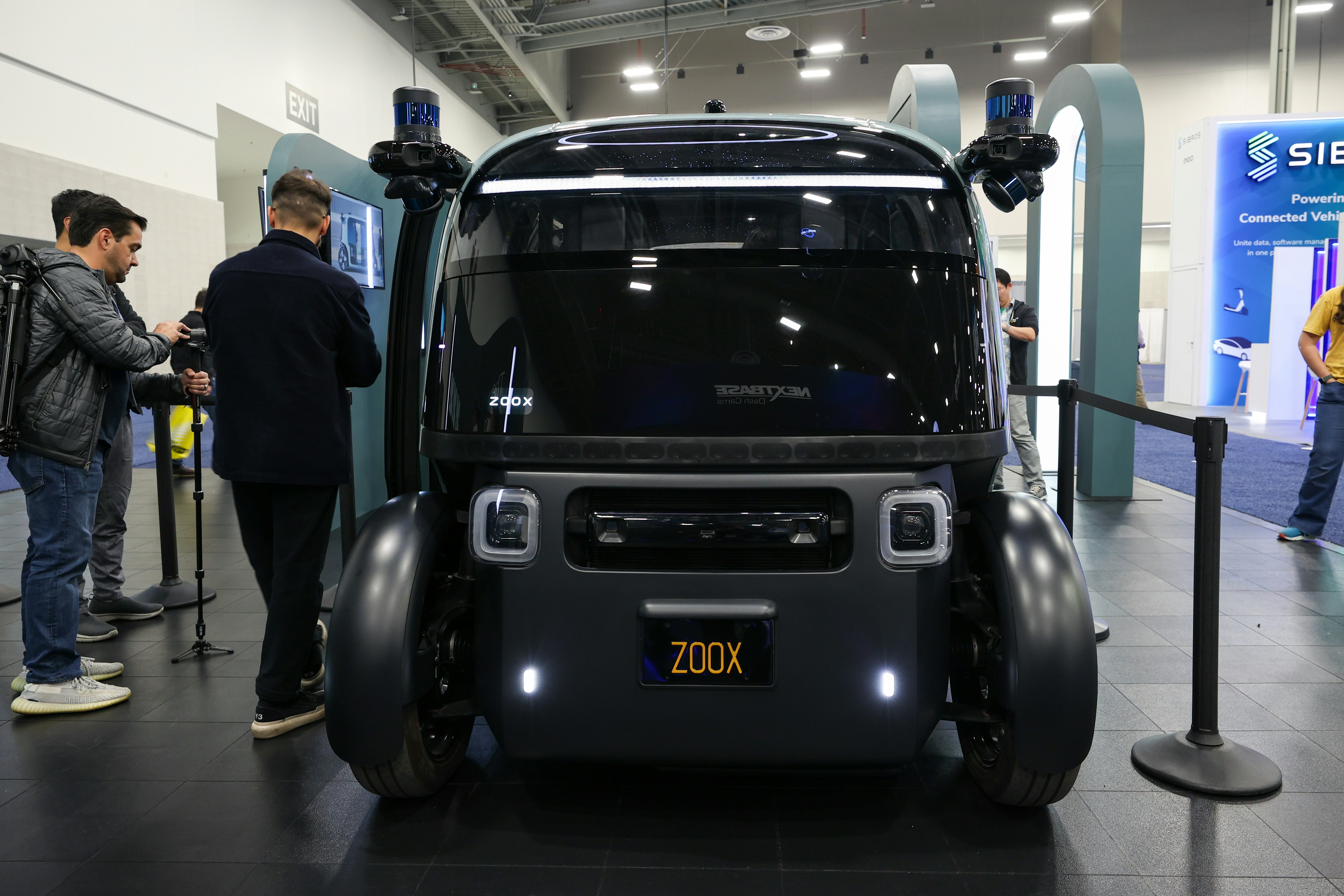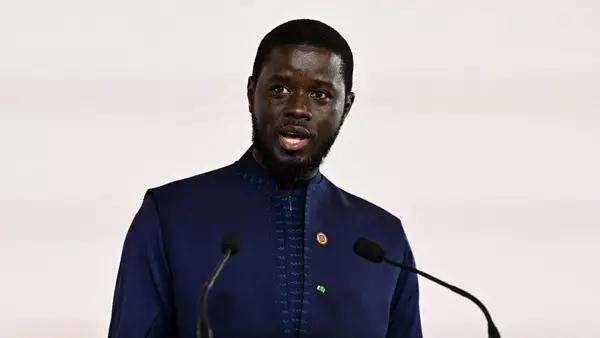
Uber is designing its own cars. The ride-hailing and food delivery company is working with automakers to develop and create custom EVs, Uber CEO Dara Khosrowshahi shared at a Wall Street Journal event on Thursday.
The company hopes to design vehicles purpose-built for ridesharing and delivery as part of its larger goal of electrifying its entire fleet by 2040. With the possibility of cars that have “lower top speeds” and seats “where passengers can face each other,” it’s easy to write the plan off as another example of “Silicon Valley inventing the bus,” but if anything, the cars Uber’s describing sound like mobility concepts that have plagued major trade shows like CES for the past decade.
Specialized vehicles

Uber’s concepts address the fact that most of its drivers’ cars are capable of speeds that aren’t really necessary for transportation around a city. The hope is cars with lower speeds will cost less while being more efficient at carrying multiple passengers.
For deliveries, Uber imagines using two or three-wheeled vehicles that are more mobile but still have room for storing packages, groceries, and more. The company previously announced a partnership with UK EV company Arrival to create custom ride-hailing cars, but it’s unclear who these new designs are being created with.
The transit pod

These “Uber cars” are just the latest example of an idea most auto companies and self-driving startups work their way to eventually — a sort of transit pod that’s often electric and can rely on some sort of self-driving tech, and most importantly, uses ideas from public transportation in a privatized, subscription-based, or on-demand business model.
Mercedes-Benz has pitched it; Zoox’s whole business is based around it. If you’re making cars or selling car technology, at some point you imagine people facing each other in a bubble-shaped minivan. There’s a reason buses make sense as a public transit option, packing bodies into a slow-moving vehicle is an efficient way of getting people around.
There’s nothing to suggest Uber is the company to make this happen, but the fact it still pictures drivers as a part of this equation — even as it’s starting to explore self-driving (again) and delivery robots — does make it seem more possible. And with the company’s issues with labor and the new costs changing work requirements abroad could incur, anything that makes running a ride-hailing business possibly less expensive in the long term is probably worth considering.







